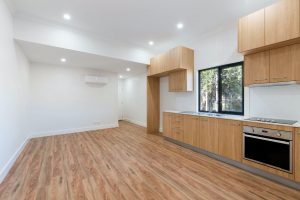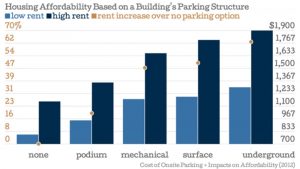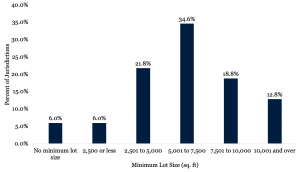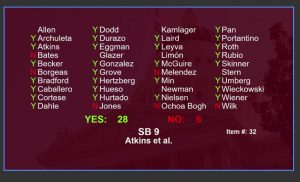AB 602 Passes Governance and Finance committee
With the housing shortage in full swing, the California state legislature has sought to pass a number of bills to ease the burden on landlords and developers for building new units. California has six of the nation’s eleven most expensive rental markets in the country. One reason for the housing shortage is the way cities levy impact fees on the construction of new housing units. AB 602, which recently passed the Senate Governance and Finance Committee, attempts to address this problem.
What does AB 602 do?
Every city levies impact fees on new housing construction. Those impact fees are means to address the impact new housing construction will have on the local infrastructure. The way those calculations are made differ from city to city with some cities imposing excessive fees that stifle new housing construction, especially with smaller units like apartments and duplexes. AB 602 would create a standard for calculating impact fees through nexus studies and justify those impact fees.
What is a nexus study?
Nexus studies look at new housing construction, like splitting a lot into two and building two duplexes, and calculates how that additional housing will impact the local infrastructure. Once those calculations are made, the fee is levied on the developer. Those fees are tied to things like roads, parking, waterlines, and services like the number of parks per citizen. Each city has a standard level of service for each of these and an impact fee is meant to help pay for any changes that will need to be made in order to maintain those levels of services.
The way each city calculates these fees isn’t always the same. Local governments are allowed to levy whatever fees they want without any real justification. This means some cities can demand much higher fees that makes building smaller, more affordable units unviable. One way cities do this is by levying impact fees for a standard level of service that exceeds the city’s current standard. For example, Fresno’s nexus study based an impact fee on providing three park acres per 1,000 new residents. That standard of 3 park acres per 1,000 new residents exceeds the current standard that is 2 park acres per 1,000 residents.

Creating a statewide standard for nexus studies and impact fees
Navigating development of new housing from city to city can be difficult because there are no real standards and each city gets to create its own fees. These fees can make up a substantial cost for new construction, often making it so certain types of construction is not economically feasible. By creating a statewide standard on nexus studies and impact fees, cities would no longer be able to charge unreasonably large impact fees.
AB 602 would also require the cost of impact fees to be smaller for units with less square footage. The current system often penalizes the construction of smaller units because the impact fees can be the same no matter the size of the unit. This ultimately leads to more construction of larger homes, and discourages the construction of small apartment complexes as well as duplexes and fourplexes.
How this impacts landlords
New housing legislation has aimed to limit the ability for local governments to block development through fees and regulations. By limiting the amount charged for impact fees, this can allow landlords to expand the number of units on their property without being hit with large impact fees.
This could be especially beneficial for those looking to build duplexes, fourplexes and small apartment complexes on their properties. If AB 602 passes along with other bills like SB 9, cities will no longer be able to stop landlords from developing more units on their properties. This will create a great opportunity for landlords to grow cash flow and increase equity.



















